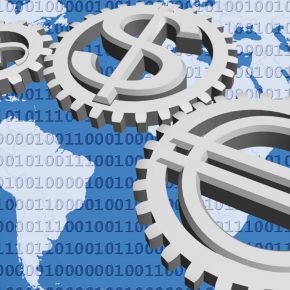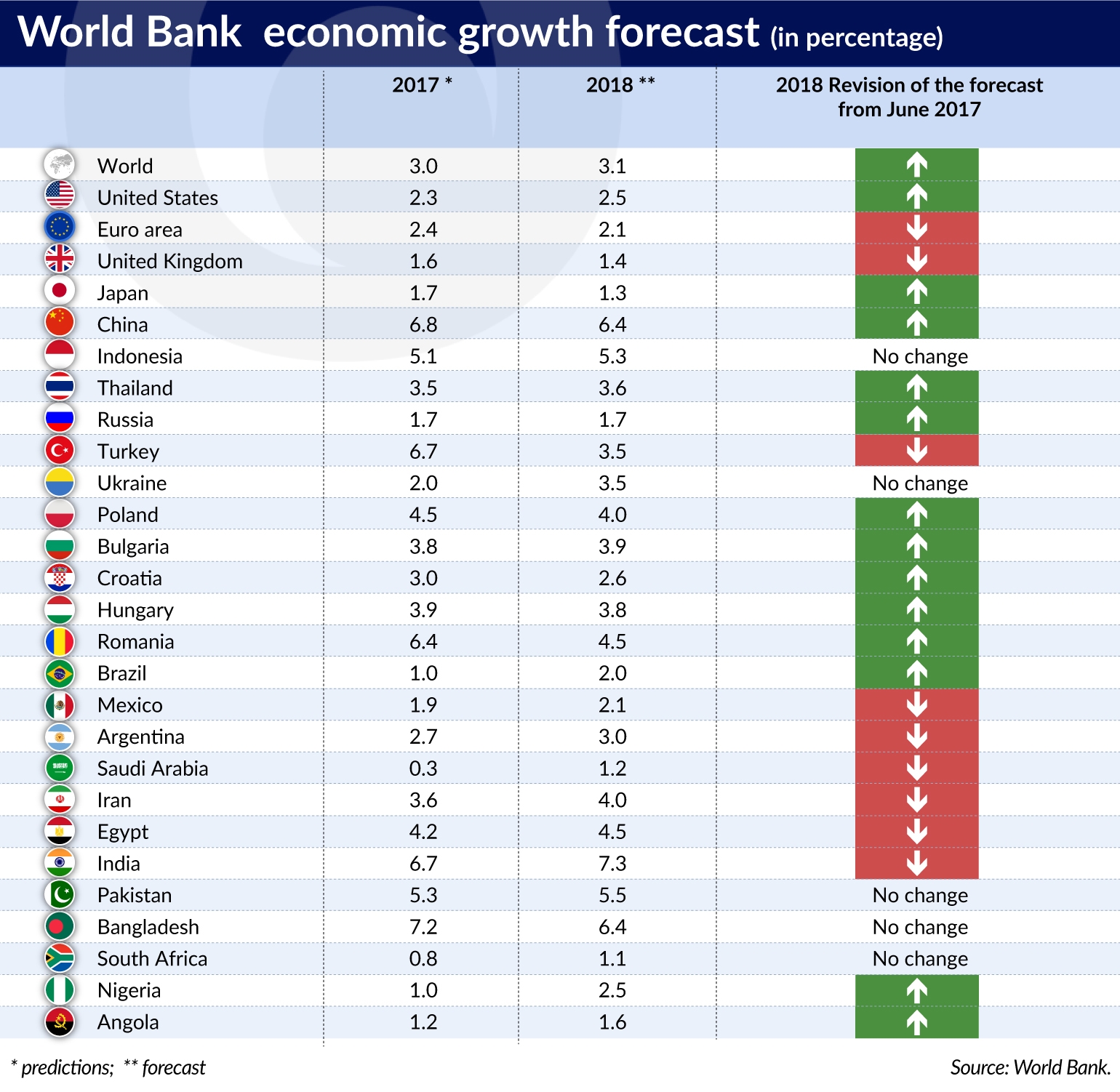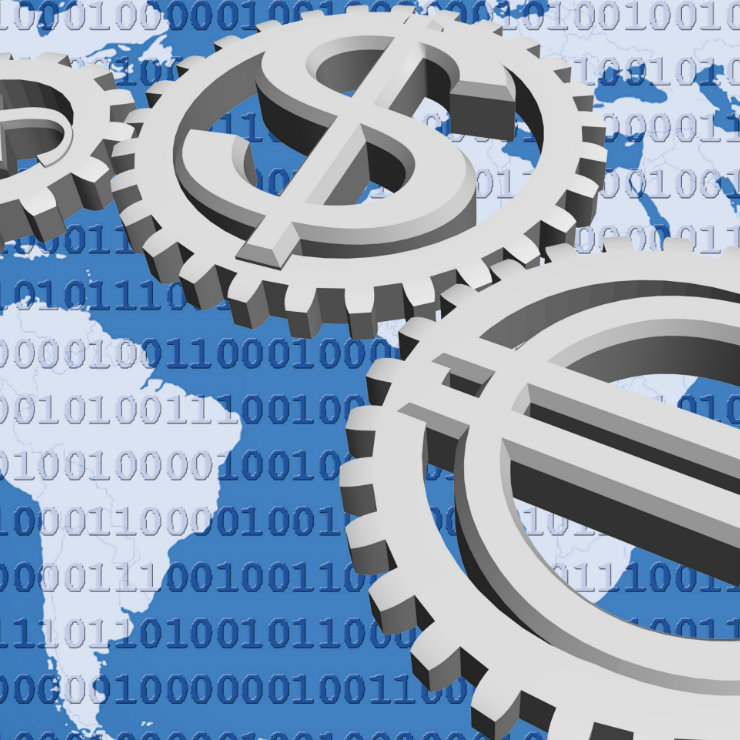
(TheDigitalArtist, CC)
The US economy and the economies of developing countries, especially the exporters of commodities, will grow faster than in 2017. Areas of economic growth will include the countries of Latin America and the Caribbean, the Middle East and North Africa, sub-Saharan Africa and South Asia (India, Pakistan). The rest of the world, including the Eurozone countries, the United Kingdom, China and Japan, will see a decline.
It should be noted that the very good predictions regarding the final results achieved in 2017, which have generally been revised upwards, are the reference point. This applies, among others, to the Polish economy, which achieved a growth rate of 4.5 per cent in 2017, according to World Bank experts.
The climb
Predictions for 2018 are more cautious, and in Poland a growth rate of 4 per cent is expected. This is also a substantial upward revision. Even six months ago the forecasts regarding the Polish economy were much more conservative. The World Bank expected a growth rate of 3.3 per cent in 2017 and 3.2 per cent in 2018.
The upward revision of the forecasts for the Polish economy has, to a large extent, resulted from the assessment of the positive impact of accelerated growth in the countries that are the main partners of the Polish economy. Poland is also profiting from the economic acceleration within the Eurozone. Another factor of faster growth is the increase in domestic consumption. This is due to, i.a., increased employment in Poland.
The expected 4 per cent od GDP growth in 2018 is a great forecast for Poland, but it is worth noting that this will not be a record result compared with other countries. The World Bank expects even faster growth in Romania (4.5 per cent), Georgia (4.2 per cent), several countries of Central Asia (Kyrgyzstan, Turkmenistan, Uzbekistan) and an entire group of Southeast Asian countries.
It is worth noting the 7.3 per cent growth rate of India, higher than China’s 6.4 per cent. The economy of Ghana will continue along the path of record-high growth rates. After 6.1 per cent growth in 2017 the country’s economy should grow by a further 8.3 per cent in 2018.
Recession is not expected to occur anywhere, but the lowest growth rates this year will be recorded, among others, in Ecuador (only 0.8 per cent), Azerbaijan (0.9 per cent), Zimbabwe (0.9 per cent), South Africa (1.1 per cent), Saudi Arabia (1.2 per cent), Japan (1.3per cent) and Russia (1.7 per cent).

What comes after the peak?
The World Bank’s short-term forecasts for the global economy are more optimistic than the forecasts for the following years. In the experts’ opinions and assessments we can detect a note of concern that in the global economy there are no longer conditions for faster and, most importantly, sustainable growth.
The factors inhibiting growth will include the depletion of labor resources, low investment levels, and poor progress in productivity growth. In order to overcome this, it is necessary to ensure investment in human capital, renewal of infrastructure and increased production resources.
The global economy is already operating at near its maximum potential. In the case of developing nations, the prospect of increasing long-term global interest rates, which would increase the cost of capital, constitutes a significant risk factor.
The full report can be found here.



